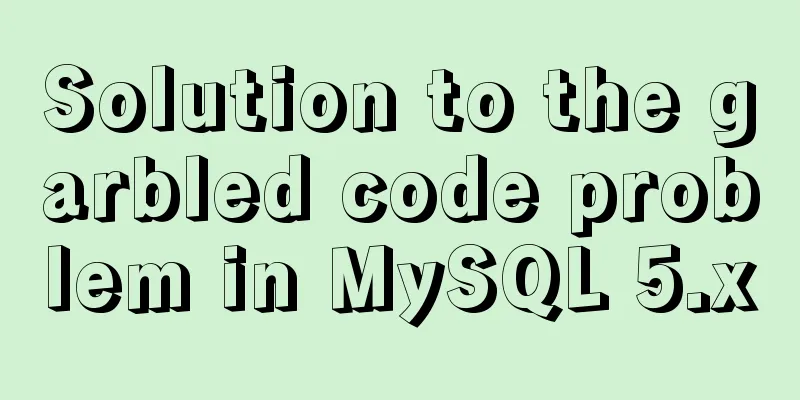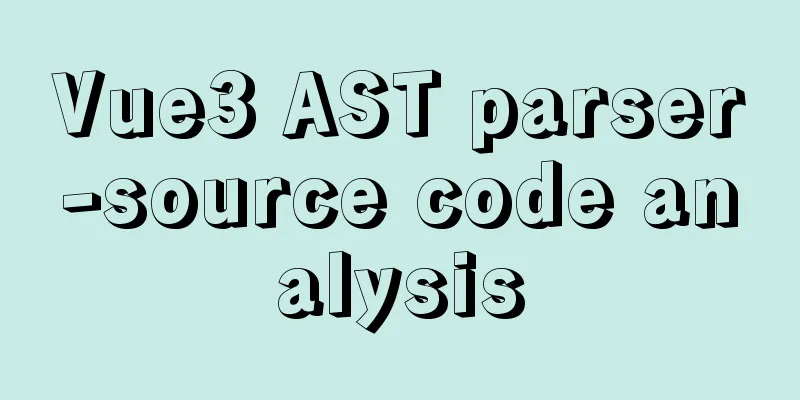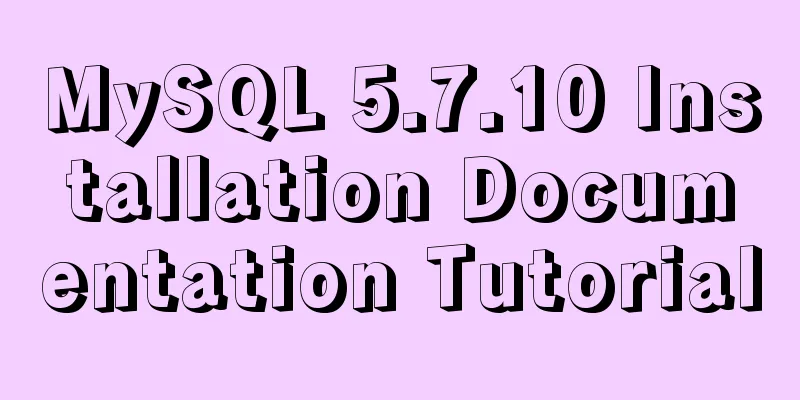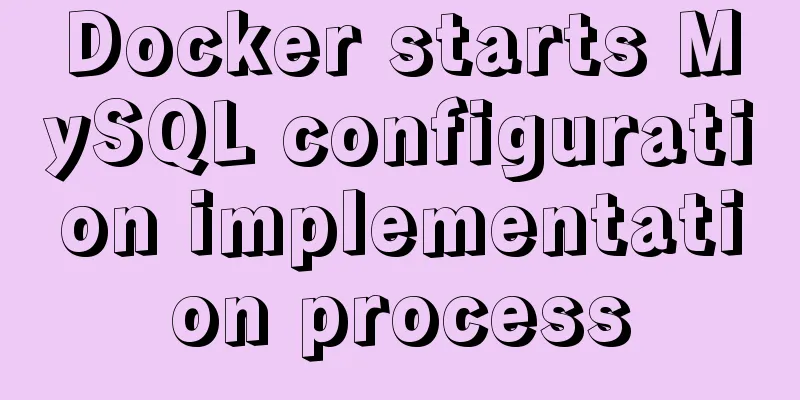MySQL 5.7 deployment and remote access configuration under Linux
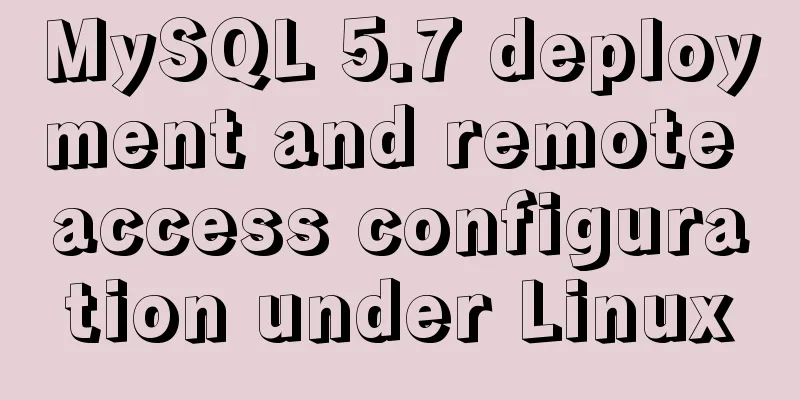
|
Preface: Recently I am going to team up with my partners to work on a .NET Core project. So I rented an Alibaba Cloud server and installed Linux and MySQL. My Linux here is CentOs 7. The first step is to add the Mysql Yum library Here you need to go to the official website to get a specific rpm package. I chose the following package
Transfer the RPM package to the Opt directory on the Linux server through Xshell and enter the command: sudo rpm -Uvh mysql80-community-release-fc28-1.noarch.rpm The second step is to select the version you need (default 8.0) Here we manually configure it to version 5.7 and enter the following command: sudo yum-config-manager --disable mysql80-community sudo yum-config-manager --enable mysql57-community Then enter the view command to see the following picture: yum repolist all | grep mysql
Here you may be prompted that the yum-config-manager command is not installed. Don’t worry, this command is in the yum-utils package and can be installed using the command yum -y install yum-utils.
You can also modify the /etc/yum.repos.d/mysql-community.repo file to achieve the same effect.
Step 3 Install Mysql sudo yum install mysql-community-server Step 4: Start the Mysql service sudo service mysqld start You can check the status of the service with sudo service mysqld status
Step 5 Log in to MySql mysql -uroot -p found that I need to enter a password but I don’t know it.
In fact, when installing MySQL, a password is set for us by default, and the Password Validation Component is installed, which performs policy checks on the password. We can view the default password by entering sudo grep 'temporary password' /var/log/mysqld.log
mysql>ALTER USER 'root'@'localhost' IDENTIFIED BY 'MyNewPass4!'; mysql>Flush Privileges; This way we can log in with the new password. Step 6 Authorize MySql remote login Method 1: Modify the host of the user table in the MySQL database. mysql>update user set host = '%' where user = 'root'; mysql>select host, user from user; mysql>Flush Privileges; Method 2: Authorize remote IP mysql>GRANT ALL PRIVILEGES ON *.* TO 'myuser'@'192.168.1.3'IDENTIFIED BY 'mypassword' WITH GRANT OPTION; mysql> FLUSH PRIVILEGES Then you can access it with Navicat:
The above is the full content of this article. I hope it will be helpful for everyone’s study. I also hope that everyone will support 123WORDPRESS.COM. You may also be interested in:
|
<<: How to deploy nginx with Docker and modify the configuration file
>>: A brief discussion on how to write beautiful conditional expressions in JS
Recommend
Detailed explanation of Linx awk introductory tutorial
Awk is an application for processing text files, ...
Simple Mysql backup BAT script sharing under Windows
Preface This article introduces a simple BAT scri...
Detailed explanation of CSS margin overlap and solution exploration
I recently reviewed some CSS-related knowledge po...
Basic usage and examples of yum (recommended)
yum command Yum (full name Yellow dog Updater, Mo...
JavaScript array reduce() method syntax and example analysis
Preface The reduce() method receives a function a...
Limit HTML text box input to only numbers and decimal points
Code: <input type="text" class="...
nginx solves the problem of slow image display and incomplete download
Written in front Recently, a reader told me that ...
Detailed explanation of the differences between similar tags and attributes in HTML
【1】<i></i> and <em></em> ...
Practical method of deleting a row in a MySql table
First, you need to determine which fields or fiel...
Mysql WorkBench installation and configuration graphic tutorial
This article shares with you the installation and...
How to view and optimize MySql indexes
MySQL supports hash and btree indexes. InnoDB and...
HTML dynamically loads css styles and js scripts example
1. Dynamically loading scripts As the demand for ...
Manually implement js SMS verification code input box
Preface This article records a common SMS verific...
The difference between distinct and group by in MySQL
Simply put, distinct is used to remove duplicates...











